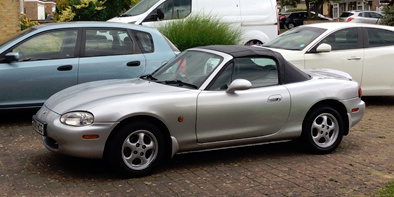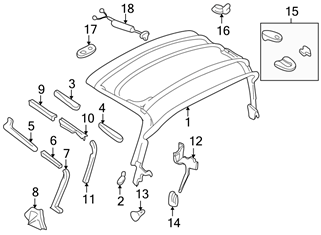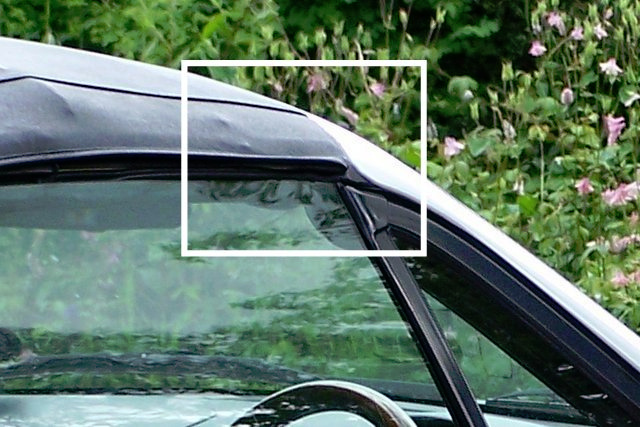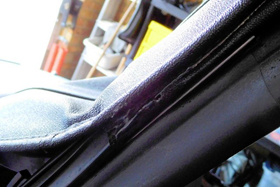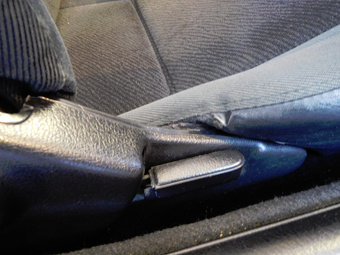So, what to do first? Fix the cam cover oil leak. There were signs of old oil and muck all over the engine block and bellhousing. There was also an occasional small drip of oil on the garage floor.
Among the receipts given to me was one for a new gasket (Blueprint brand) from when the cambelt was changed and one for refitting it a year or so later. Seemed to be a recurring problem. By this time I was up to speed with the common faults, so on to the MX5Parts website for a genuine Mazda gasket. I’d also read about the brittle cam cover screws, so I bought a couple of spares.
Cam Cover Gasket https://www.mx5parts.co.uk/cover-gasket-genuine-mazda-mk1-25-p-240.html
Cam Cover Bolt https://www.mx5parts.co.uk/cover-bolt-mk1-25-p-698.html
I suspect many problems with the correct sealing of the gasket may be related to correct and even tightening of the cover bolts. One US workshop manual tells you to hand tighten the bolts, but a supplement gives 5.0 to 8.8Nm and Haynes gives 8Nm. This is more like finger-tight and so difficult to achieve consistency over 14 bolts. Over-tightening may also be a reason why the soft-metal OEM bolts snap.
I guess many ½ inch general purpose torque wrenches (like mine) will not go this low (or, at least not accurately), so I treated myself to a small torque wrench and (just in case) a set of screw extractors. I paid significantly less than my budget for the car, so I was fortunate in being able to buy any tools I needed.
Torque Wrench https://www.norbar.com/products/view/product/categoryname/tt-wrenches/rangename/tti-adjustable-ratchet/pname/tti20-3-8-n-m-lbf-in/category_multid/50/range_multid/309/id/23374
Screw Extractors https://www.ebay.co.uk/itm/251851692872
Before doing the work, I found on Ebay stainless steel Allen head bolts, so I decided to replace all the old ones. Sure enough, two of the original bolts snapped at the head and some others looked iffy.
Stainless Steel Bolts https://www.ebay.co.uk/itm/Mazda-MX5-MX-5-Stainless-Rocker-Cover-Bolts-Inc-Cam-Cap/254728379201?hash=item3b4efe9b41:g:f8AAAMXQq8BQ4rp8
Even though I have a 1.6 NB, the many YouTube videos were very useful. Best ones are at
https://www.youtube.com/watch?v=pMf0bRi63o8
and
https://www.youtube.com/watch?v=wDSFztSNcdI
Although this engine has a cam sensor at the front, on mine there’s a cover at the rear that was loose. So I tightened that, wiped away the muck at the top of the block and fitted the new gasket (with sealant in all the recommended places) and torqued-down the cam cover, working my way around the bolts in the correct order. I went around these 2 or 3 times, each time increasing the torque up to 8Nm. I also had a look at the condition of the cambelt – not many miles on it but it was 6 years since it was changed. My first MX-5 job seems to have been successful as, after 3 years there’s no sign of leaks.
The downside of this was I soon discovered that, although the gasket leak resulted in much oil at the top of the block, something else was causing the drip of oil on the garage floor. So, as a short term solution I bought a large plastic drip tray (actually a very large garden tray and much cheaper that the same thing from Sealey) and decided to see if it got any worse – it hasn’t and so it’s turned into a long term solution.
Drip Tray
I selected a tray big enough to collect all the residue and spillage when I get around to cleaning the muck off the lower part of the engine and the bellhousing.
Bob
(South Essex)



